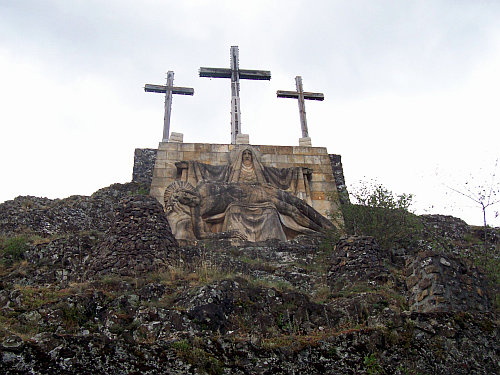
Rhone-Alps
Privas
Privas is located on a rocky outcrop in Ouvèze valley, and surrounded by hills. It is the prefecture of the department of Ardèche, and the least populated prefecture in France with less than 10,000 inhabitants. However, tourists come here in the summer for camping because the city can be a starting point to the Natural Park of Monts d'Ardèche and more generally to other natural sites in Ardeche.
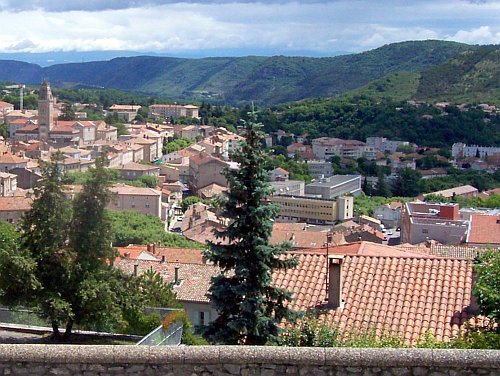
There are explanatory panels in the city, which is quite convenient for a historical visit.
Privas was a bastion of reform in France in the 16th century and was named the little Rochelle (referring to the great Protestant port). In 1629, King Louis 13 sent his troops against the city which was besieged, taken and burned. The old walls were completely destroyed. The memory of these events is marked by an old stone bridge called the "Louis 13 bridge". The Old Town was rebuilt in the 17th and 18th century according to the plans of the previous one.
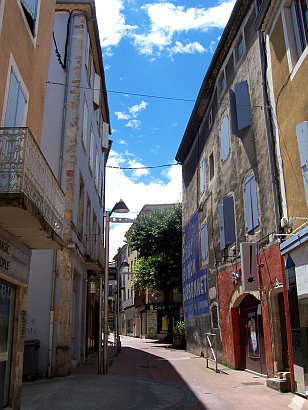
The culinary specialty of the city is the marron glacé (candied chestnuts), which has a worldwide reputation.
The belfry
It is mainly in the north of France that one can see belfry, but even unexpected, Privas also has its own Belfry hosting the town hall. It was built in 1937 and rises to 41 m (135 ft). The market is held twice a week on the street in front of it.
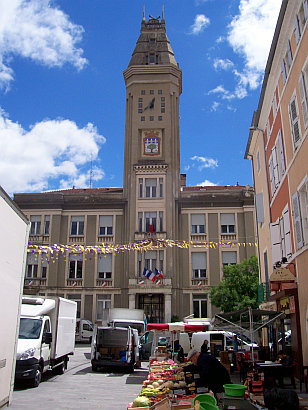
Louis 13 bridge
Built in the 12th century, this stone bridge that spans the ouvèze river, was the only means of access to the city for people coming from the Rhone valley. Damaged during the capture of the city by the troops of Louis 13 in 1629, it was then rebuilt by the royal troops, hence its name that was given later in the 19th century.
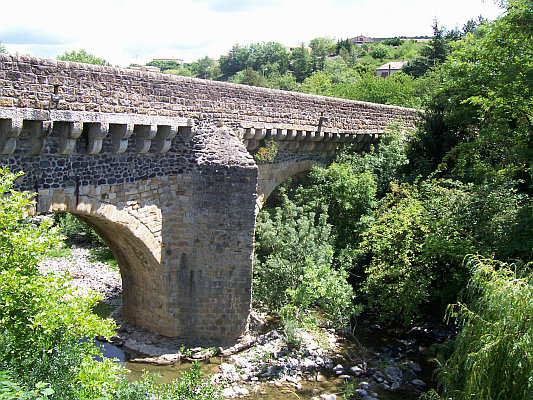
We can still drive on the bridge which is paved.
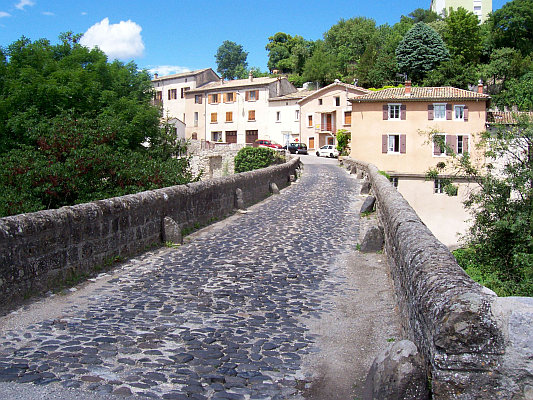
Republic Square and Diane de Poitiers tower
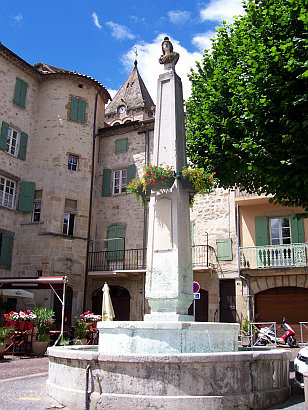
It is on this square that stood the first church which was destroyed in 1562 by the Protestant Reformers.
The tower of the 15th century that can be seen in the southwest corner (left when you stand facing the fountain) is called Diane de Poitiers tower. But if Privas was a fief of the mistress of King Henry 2, it seems that she never came in the city...
It is also on this square that executions took place under the old regime. During the Revolution, although few death sentences were imposed, there were the case of the Martyrs of Privas : 5 priests and 3 nuns who were guillotined on this site the 08/05/1794 for refusal to take the oath of the civil constitution of the clergy. A Chapel of the Martyrs is located in the municipal cemetery of Privas and contains ex-votos. One of the priests, Father Rouville is invoked for stuttering.
The fountain was built in 1880. Its obelisk is topped by a bust of Marianne, the allegory of the French Republic.
St. Thomas' church
In Privas, there is of course a Protestant church, but also a church with a high steeple dating back to 1884 to replace the church destroyed in the 16th century.
Below, the steeple and the carved wooden pulpit. In the church, one can also see the stained glass windows and an oil painting of the Assumption (the ascent to Heaven of the Virgin Mary).
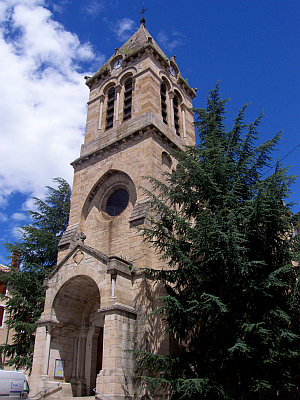
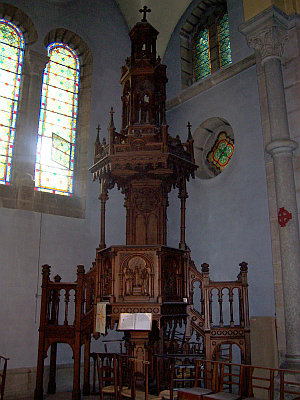
And below, a view from the park recollets.
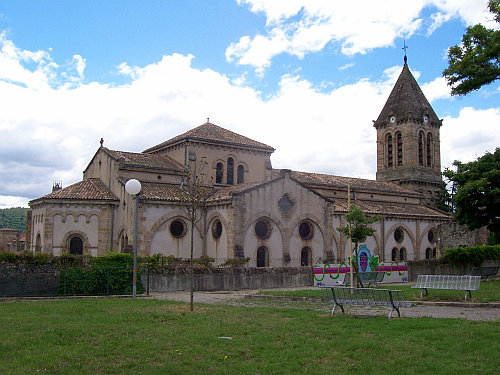
Church of St. Mary's Hospital
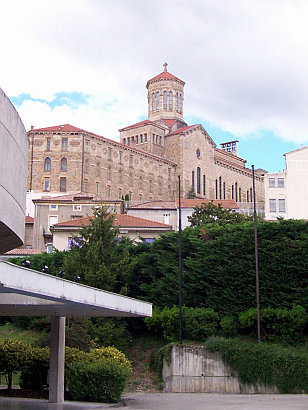
This is probably the monument we see the most, with the belfry, when we enter Privas. But contrary to what one might first think, this is not a parish church, but a church of a hospital.
Montoulon
The Montoulon is a volcanic cone that dominates the city of Privas. We get to the top by a path (in fact, two paths are possible).
It is against the fort located on this mount that took place the last fight between soldiers of Louis 13 and the Huguenots of Privas in 1629.
In 1840, a priest had three wooden crosses erected on the mount. These crosses were changed since that time and are now lit up at night. The Pieta was carved in 1957 following a vow made by the Mother Superior of St. Mary's Hospital during the German occupation.
